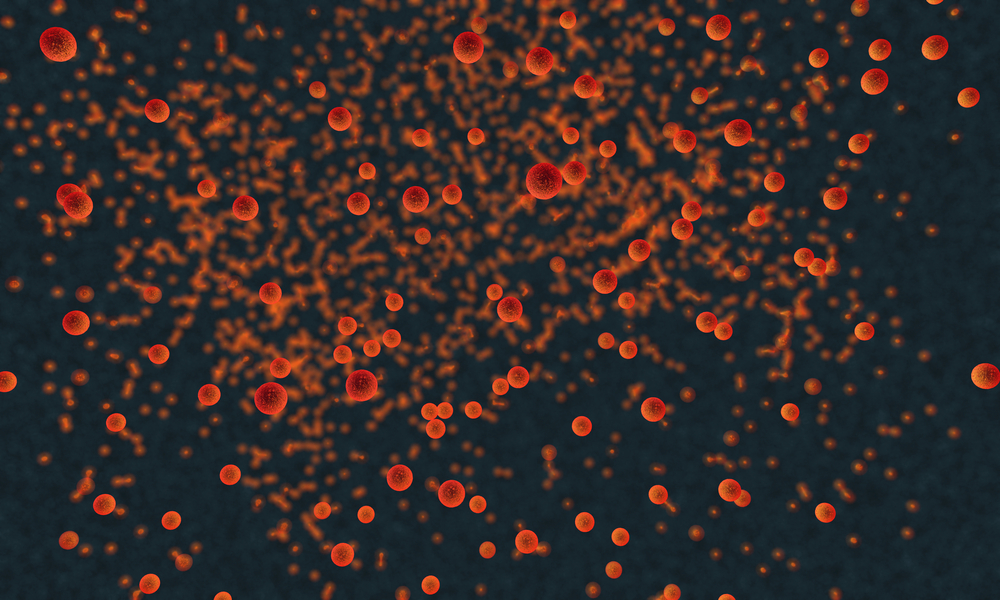Protein in Multiple Myeloma Patients Linked to Development of Extramedullary Disease

Researchers at the University of Louisville and collaborators from Japan and Austria have identified a protein called AF1q whose expression may predict the development of an aggressive form of multiple myeloma known as extramedullary disease (EMD).
The findings were recently shown at the European Hematology Association’s 21st Congress in Copenhagen, Denmark, in a presentation titled “High expression of AF1q is an adverse prognostic factor and a prediction marker of extramedullary disease in multiple myeloma.”
Multiple myeloma is a form of blood cancer that develops in the bone marrow, characterized by the production of large amounts of a toxic and abnormal antibody by the malignant cells. One of the clinical manifestations of multiple myeloma, which happens in about one quarter of patients, is the development of EMD, in which myeloma cells form tumors outside the bone marrow, behaving like a metastatic cancer with very poor prognosis.
“We know that multiple myeloma with EMD involvement has an extremely poor outcome,” William Tse, M.D., the Marion F. Beard Endowed Chair in Hematology and chief of the Division of Blood and Bone Marrow Transplantation at the University of Louisville, said in a press release. “However, not much is known about the mechanism in which EMD progresses.”
Researchers had previously shown that when the oncogene AF1q was expressed at high levels, it promoted distant metastasis of breast cancer. AF1q had also been shown to be associated with poor prognosis in multiple myeloma, which led researchers to hypothesize that high expression of AF1q in multiple myeloma was a poor prognostic factor for the development of EMD.
They examined bone marrow samples from 117 newly diagnosed multiple myeloma patients in the National Center for Global Health and Medicine hospital from January 2001 to March 2013. The results revealed that whereas only 25 percent of patients with low AF1q expression developed EMD, this percentage increased to 44.7 percent in patients with high levels of AF1q.
“We found that the incidence of EMD was significantly higher in patients with high expression of AF1q than those with low expression,” Tse said. “The significance of this finding gives us a tentative approach to target this marker and could lead to new therapies for this subtype of myeloma.”






